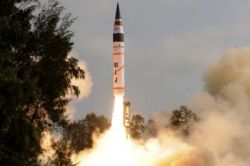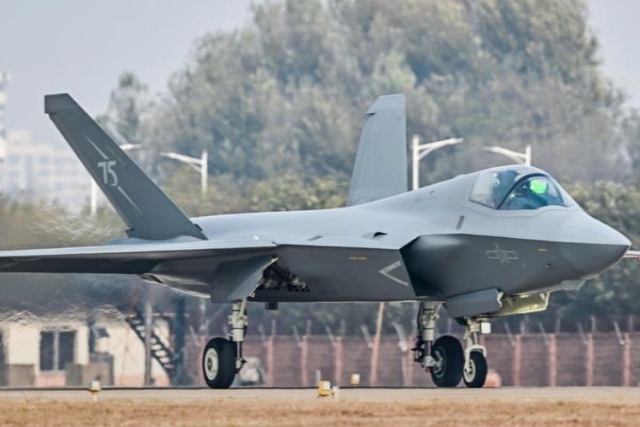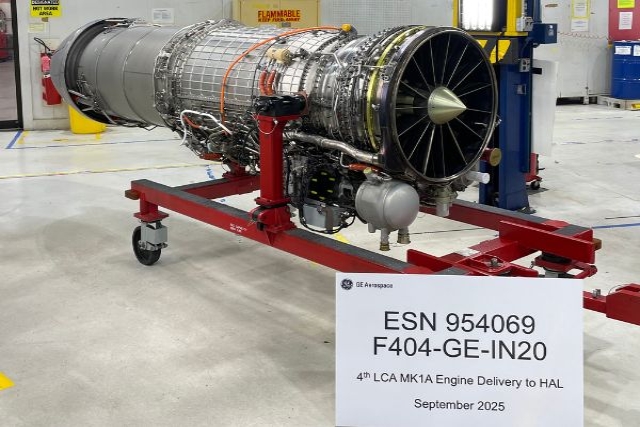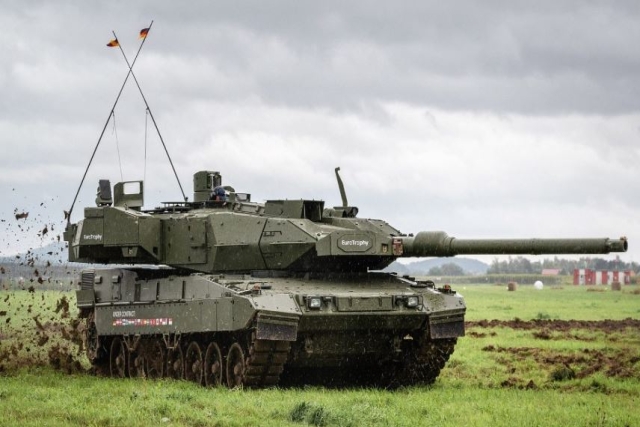Cannister-Based Launch Of Agni V Missile Next Month

The first Canister based test firing of nuclear capable Inter Continental Ballistic Missile (ICBM) Agni-V will be conducted next month by Defence Research & Development Organisation (DRDO) at the defence base off Odisha coast.
The test is likely to take place on January 7 or 8 and Prime Minister Narendra Modi has been invited to witness the launch.
The motor, body and other sub-systems of the indigenously developed missile having a strike range of 5,000-km have been brought to the Wheeler Island test facility.
“This missile is the best in its class in the world with its advanced ring-laser gyros, composite rocket motors and highly accurate micro-navigation systems and inertial navigation systems” DRDO Chief Avinash Chander was quoted as saying by The Indian Express.
The three-stage, 17-metre tall, two-metre wide Agni-V, weighing around 50 tonnes, is capable of carrying a nuclear warhead of about 1.5 tonnes. As it incorporates advanced technologies involving ring laser gyroscope and accelerometer for navigation and guidance, its accuracy level is far higher than its three earlier variants.
The missile is equipped with Multiple Independently Targetable Re-entry Vehicles (MITRV) capable of delivering multiple warheads at different targets at long distance.
In its operational form, the missile is designed to be stored and launched from the canister, enhancing its storage, operational readiness, transportability, response time and shelf life.
This will be third developmental trial of the surface-to-surface Inter-Continental Ballistic Missile (ICBM). Its first test was conducted on April 19, 2012 and second test on September 15, 2013. Both were successful and the data generated during both the missions were satisfactory.
Successful trial of the weapon system would pave the way for its induction in the armed forces next year. The canister version, which imparts higher road mobility, will give the armed forces greater operational flexibility than the earlier generation of Agni missiles.










